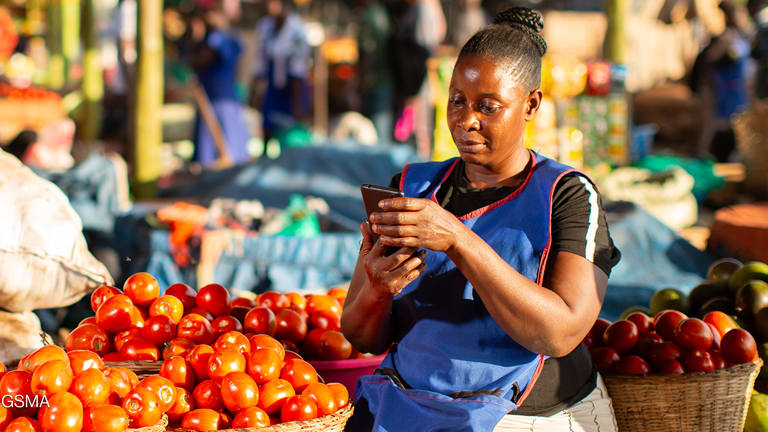Published every quarter, the World Bank’s World Development Indicators are one of the go-to sources for those looking to see a snapshot of the development of a particular region or a country in a certain income group.
While the recently released WDI includes three new indicators — shared prosperity, statistical capacity and particulate matter concentrations — the 2015 data is particularly interesting because it represents the last set of figures that gauges the progress made toward the Millennium Development Goals, which will expire this year.
In the developing world, two MDG targets will likely be missed: curbing infant mortality and reducing maternal mortality. A closer look at low-income countries, however, shows that improved sanitation is also seriously off target.








